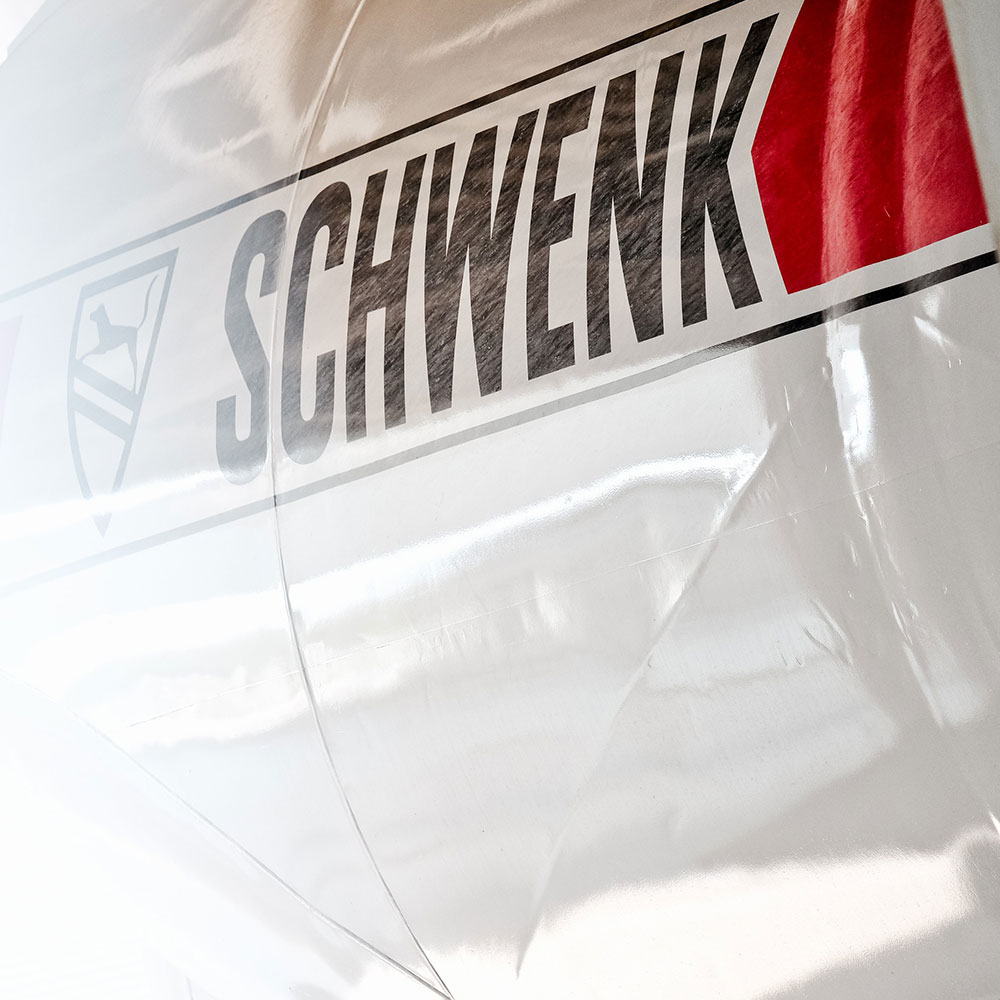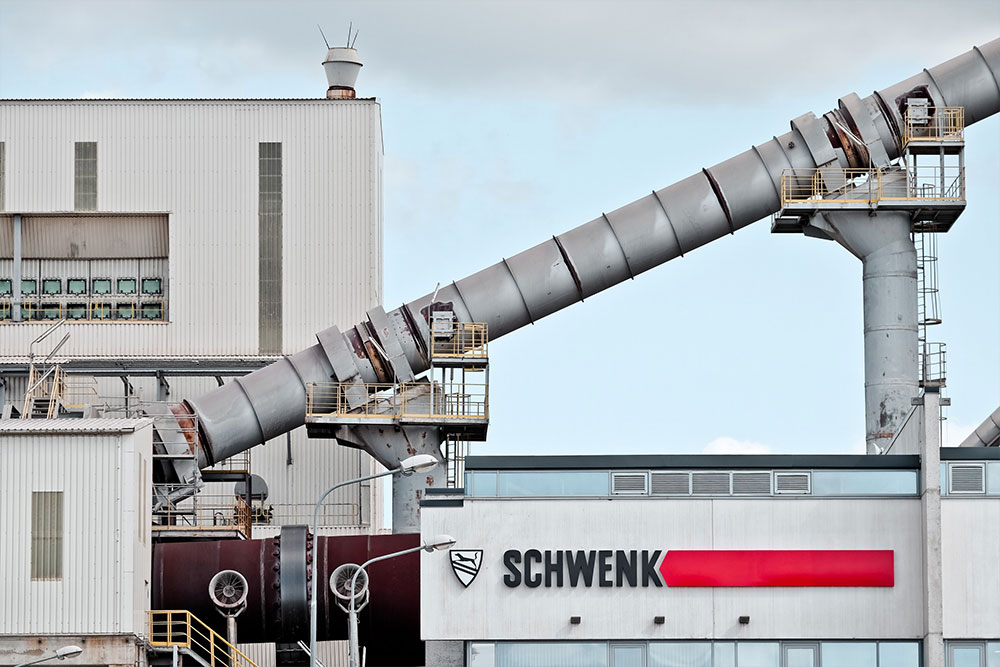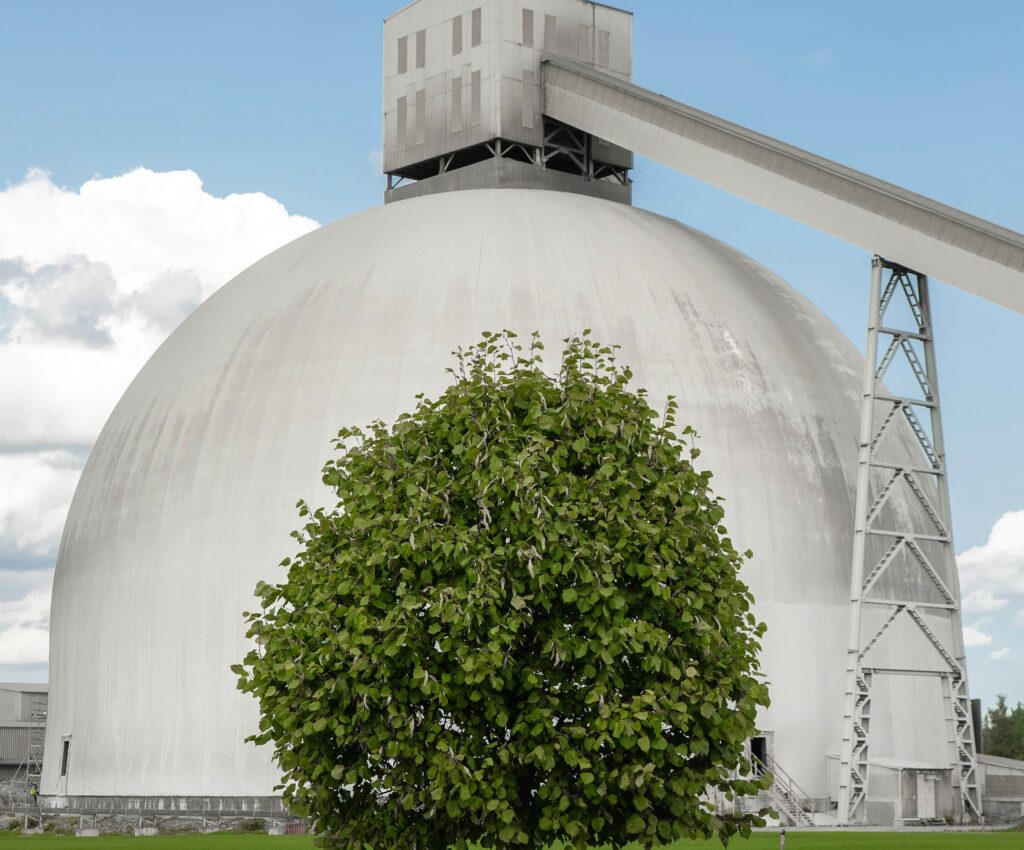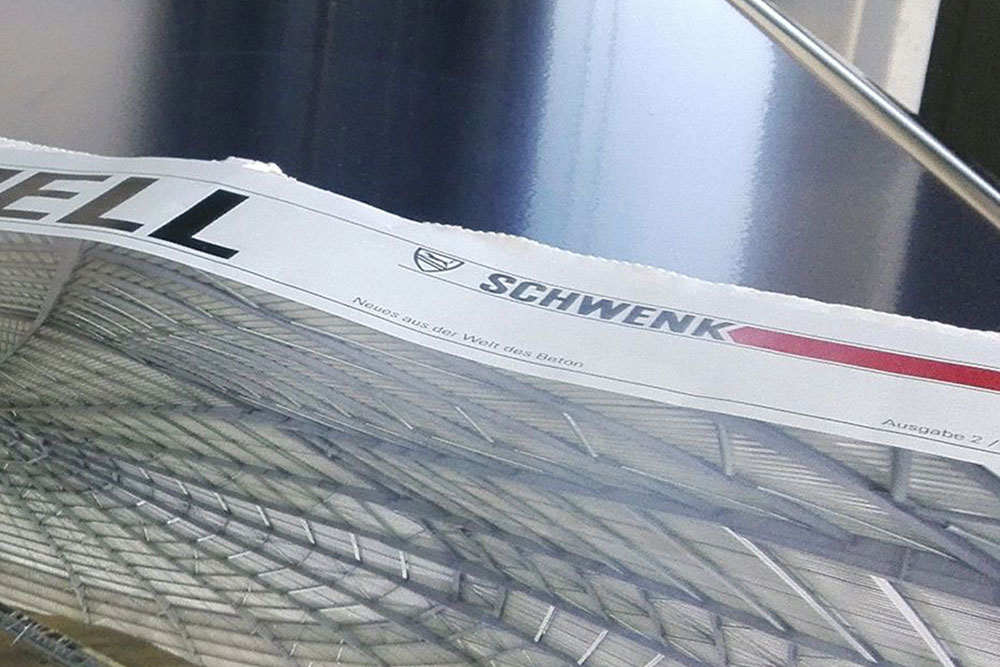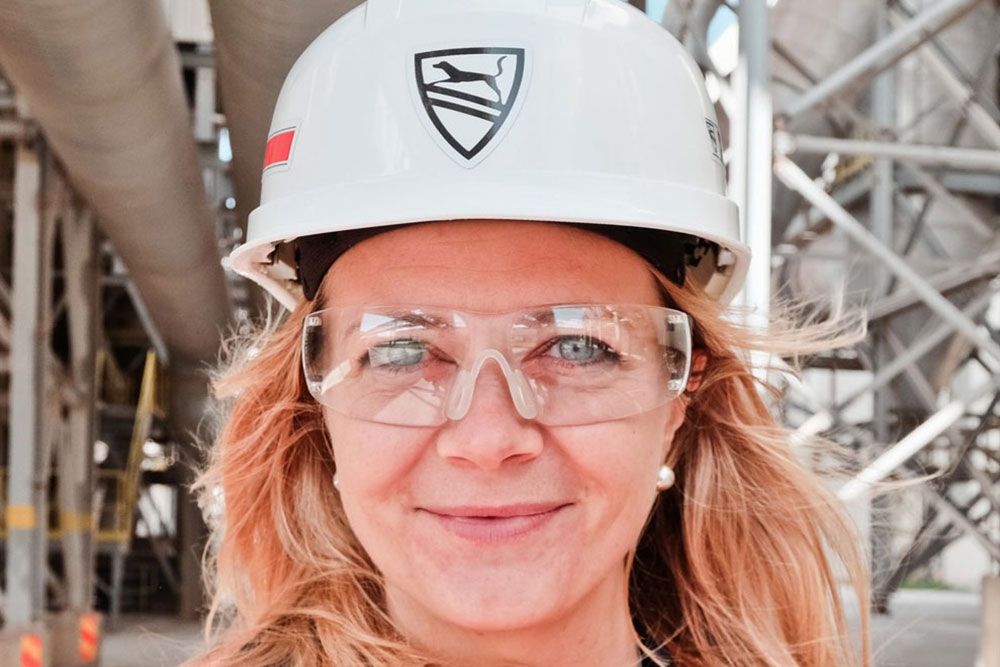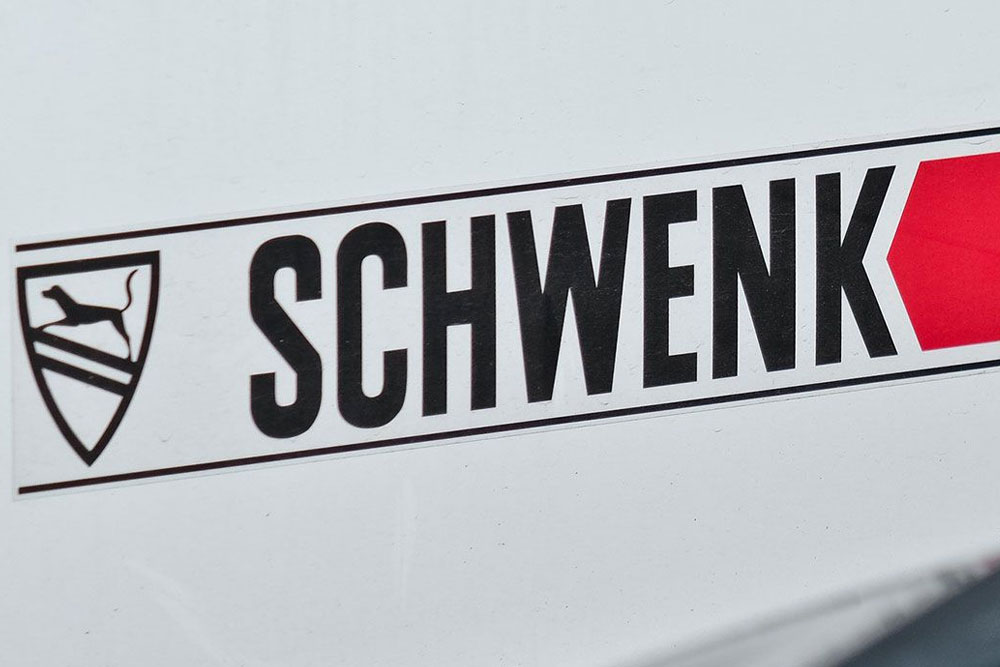
- Products and services
- Locations
- Quote requests
- About SCHWENK
- Sustainability
- News & media
- Careers
- Contact us
1867 – 1920: origins
Cement production in Latvia started at the end of XIX century when in 1867 JSC C.CH.Schmidt Riga Cement Plant was launched. Then the main component of cement – limestone – was imported.
During 1920s limestone deposit was discovered at the banks of Lake Ciecere, and in 1936 decision was made to develop cement manufacturing in Brocēni.
1938 – 1944: first period of prosperity
In 1938 new plant was launched for operation with the production capacity of 60 thousand tons cement per year. 485 people worked in both C.CH.Schmidt factories in Riga and Brocēni. In 1939 manufacturing of Portland cement in Latvia increased up to 155.5 thousand tons.
Consumption of Portland cement rapidly grew with the development of cement industry in Latvia - from 35 kg per one person in 1934 up to 87 kg in 1938. In 1938 slate factory was built in Brocēni. In 1940 it was launched into operation.
From 1942 to 1944 large investments were made into the Brocēni Cement Plant – two Polizius kilns were installed, limestone crusher, mill, coal mill and two Pfeifer company cement mills. Four silos were installed, new clinker burning and grinding bodies. 65 meters high chimneys were installed for flue gas system and also clinker manufacturing furnace was put into operation.
During the Second World War factory suffered major damages.
1947 – 1991: industrialisation in Soviet Latvia
In Summer of 1947, Brocēni Cement Plant resumed a full capacity manufacturing process, after post-war renovations. In 1948 Brocēni Cement and Roofing Slate Complex was developed on factory basis, joining Brocēni Cement and Roofing Slate Plant, Brocēni Lime Plant and Brick Plant Saldus. Under this name the current cement plant Brocēni was known for 45 years in Latvia and territory of the former Soviet Union.
In time from 1946 to 1950 Brocēni outpaced the Riga Cement Plant manufacturing volumes and turned into the largest cement plant in Latvia.
In 1961 an idea was to double the capacity of Brocēni Roofing Slate and Cement Complex, working on its expansion, therefore also large limestone quarry was established in Sātiņi, building the limestone sorting and crushing department.1968 marked a new stage in the cement manufacturing process – starting to use natural gas instead of coal as technological fuel in the clinker burning furnaces.Ceramic tiles department was opened in the complex in 1972.
During 1980ties Brocēni Cement and Roofing Slate Complex manufactured cement, limestone, roofing slate, lime, limestone powder and glazed ceramic tiles.
1991 – 2005: challenges of the regained independence
During the first years of the newly found independence Brocēni Cement Plant underwent a change of several owners, very low cement consumption that turned into critical deficit of cement already a few years later. During 1990s a new pier was built, three cement mills modernized and six cement trucks purchased. In 2005 the international producer of building materials CEMEX acquired the company belonging to the then owner of the plant – group of companies RMC. CEMEX decides to invest in the manufacturing of a new plant.
2005 – 2019: CEMEX Latvia
In the summer of 2007 construction of the most contemporary cement plant in Europe started in Brocēni, investing more than 300 million euros. In 2009 seaport terminal for the export of cement was opened in Liepāja, in 2010 new cement plant was launched into operation. After nine successful years of operation in Latvia, in 2019 CEMEX sold its assets to the German family company and one of the oldest building materials producers in Germany – SCHWENK.
From 2019: SCHWENK Latvija
After acquiring of one of the newest cement plants in Europe, SCHWENK proudly continues cement production traditions in Latvia and implements extensive investment program for efficiency increase and decrease of CO2 footprint.
17a-28 Lielirbes Street, Riga
Phone: +371 67033400
10 Rūpnīcas Street, Brocēni, LV - 3851
Phone: +371 67033500
